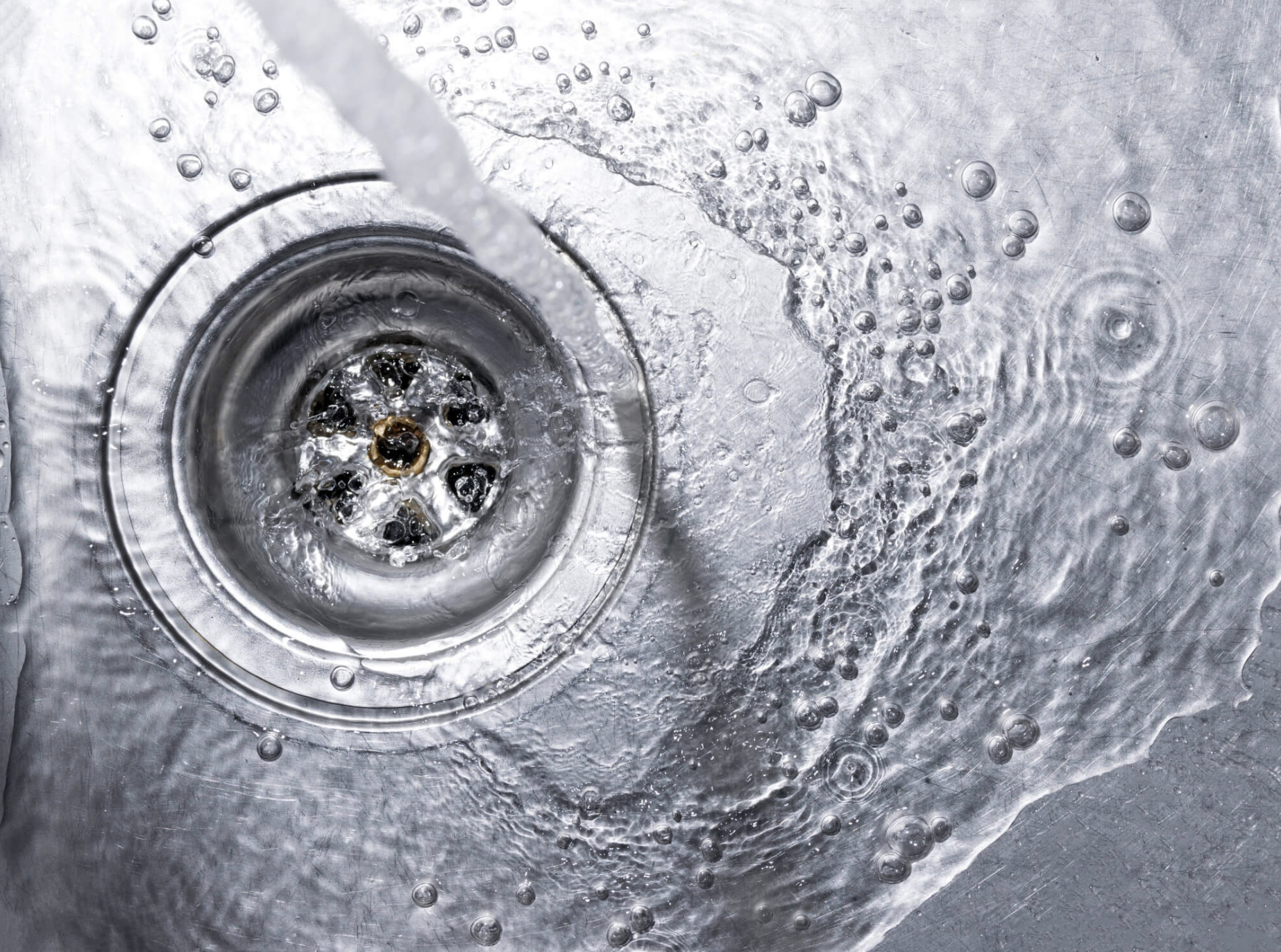Five Methods for Unclogging a Blocked Drain
- Posted on Nov. 7, 2023
- Home
- Views 77
Blocked drains are a common household issue that can cause a great deal of inconvenience and even lead to costly damages if not addressed promptly. Whether it’s a minor blockage or a more stubborn clog, having the proper knowledge and tools at your disposal can make all the difference. In this comprehensive guide, we present five effective methods to tackle a blocked drain, ensuring you can restore functionality to your plumbing with minimal fuss.
Read More

It's crucial to first identify the cause of the blockage, whether it's hair, food particles, or mineral buildup, as different obstructions may require varied approaches. Safety is paramount; always wear protective gloves and goggles when working on clogged drains to protect yourself from potential contaminants and splashes.
The Boiling Water Technique
It's important to note that boiling water may not be suitable for all types of pipes, especially PVC, as the extreme heat can soften or damage them. Always ensure you pour the water slowly and directly into the drain to avoid any potential damage to surrounding fixtures. If the blockage persists after this method, it's advisable to explore other clear blocked drain pipe solutions or consult a professional.
- Bring a large pot of water to a boil. It’s essential to use enough water to ensure sufficient flow to reach the clog.
- Pour the boiling water directly down the drain in two to three stages, allowing the hot water to work through the blockage between each pour.
Remember that this method is suitable for metal piping. For PVC pipes, use hot, not boiling, water to prevent damaging the joints.
The Natural Cleaner: Baking Soda and Vinegar
For a non-toxic alternative to chemical solutions, baking soda, and vinegar can be an effective solution.
- Pour half a cup of baking soda down the drain, followed by an equal amount of white vinegar.
- The mixture will fizz and bubble, which helps to break down the clog. Cover the drain with a plug or cloth to direct the reaction down the pipes.
- Wait an hour or preferably overnight, then flush the drain with hot water.
The Plunger’s Power
A trusty plunger can offer a physical solution to unclogging a drain.
- Fill the sink with enough water to cover the plunger’s head.
- Position the plunger over the drain and pump vigorously up and down. The pressure created can dislodge many types of clogs.
- Repeat the plunging action several times, checking periodically if the water starts to drain away.
Ensure you have a good seal around the plunger, and use the appropriate type of plunger for your sink.
The Plumber’s Snake or Drain Auger
When clogs are too stubborn for less invasive methods, a plumber’s snake or drain auger can physically break through the blockage.
- Feed the end of the snake into the drain until you feel resistance.
- Turn the snake handle, which causes the wire to corkscrew into the clog.
- Once the blockage is caught, pull the snake out to remove the debris or break it up so it can flush away.
The Chemical Route: Caution Required
Commercial chemical drain and pipe cleaning can dissolve hair, grease, and other common clogs, but they must be used cautiously due to their acidic nature.
- Carefully follow the manufacturer’s instructions, typically involving pouring a specified amount of cleaner down the drain.
- Allow the cleaner to sit for the recommended time to work on the clog.
- Flush thoroughly with water to clear the debris and chemicals from the pipes.
It’s crucial to use chemicals as a last resort and ensure you wear protective gear, such as gloves and eyewear, to avoid injury.
Preventative Measures and Maintenance
Maintaining your drains regularly can prevent clogs from forming in the first place.
- Regularly flush your drains with hot water to clear out any budding blockages.
- Install sink strainers to catch hair and other debris.
- Avoid pouring grease or oil down your drains as they solidify in the pipes and cause blockages.
- Use a bacterial drain cleaner periodically, which uses enzymes to keep your pipes clear without the risks associated with chemical cleaners.
The water used in hydro jetting is capable of combating the toughest obstructions such as grease, and other types of debris. This method is also beneficial for addressing recurring clogs, as it thoroughly cleans and flushes out the entire pipe, reducing the likelihood of future blockages. In addition to residential plumbing systems, hydro jetting is also commonly used in commercial settings, such as restaurants and hotels, to maintain clear and functioning sewer lines.


